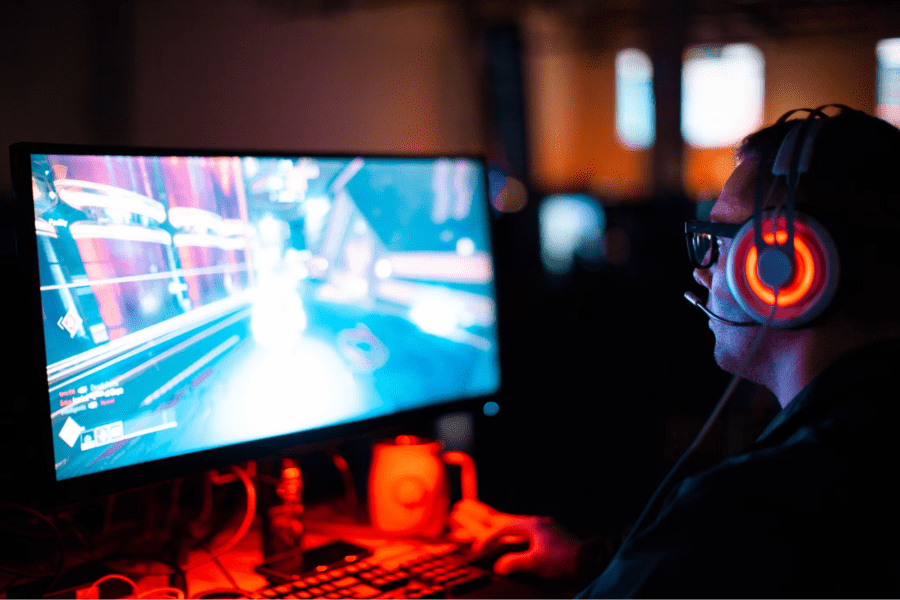Design is important in identifying and developing patterns that build products; it helps with problem-solving. The challenge lies within the infinite complex combinations of people and contexts. In game design, players react to the same scenarios in various ways. Therefore, understanding their psychology is vital to engage players with fun experiences.
This article will examine the key psychological factors in design and how the psychology of design affects players’ behaviour with examples of how the psychology of design is implemented.
Psychological Factors
The psychology of design is the various aspects and principles of design that can influence human behaviour. How players perceive, feel, or interact with the design helps to make engaging, user-friendly games that enhance the experience and encourage players to keep playing at 5 dollar deposit casinos. The following are key psychological concepts in design used to create enjoyable games.
Motivation and Behavior
A key factor is understanding the mindset of the player. Players have different motivations and behaviours that fuel their involvement, so techniques such as gamification must be used to encourage diverse engagement and promote positive user experiences.
Gamification uses game mechanics in various endeavours that are typically not gaming-based to encourage people to achieve their goals. This technique cleverly uses psychology because it intrigues a person’s instincts. This technique has become popularly practised. For example, big companies like Super Mario and Candy Crush use such techniques.
Understanding that some players are motivated by challenges while others are motivated by discovery reinforces the importance of psychology in design.
Variable Rewards
Rewards trigger special brain pathways that make people feel good and want more. This neurological response can reinforce positive behaviour and keep players interested.
However, there is more to reward than stimuli; when or how players get rewarded impacts their engagement and behaviours. Variable rewards motivate because they are not guaranteed, but they are large. Rewards must be given strategically because when too many rewards are given, it can lead to boredom.
Cognitive Biases
Designers exploit this factor to create engaging games. In various ways, designers exploit players’ cognitive biases for their benefit. Black Jack Masters uses bonus chips and rewards to keep players consistent with their play style, while some other games offer players discounts on an item to keep them engaged and to encourage their purchase. Some types of cognitive biases used in gaming include:
- Availability bias: Players tend to use actions that they believe are more accessible in specific game scenarios.
- Anchoring bias: This can lead players to spend more money than intended, a trick that Roulette Royale has mastered.
- Halo effect: Players tend to generalize their perception of a game character based on its appearance. This can be used as a trick in game designs.
Other Psychological Factors
Psychology goes deeper than the factors explained above. With billions of people worldwide, it is normal for some other factors to affect a player’s behaviour when gaming. They include:
- Emotions: This is an important aspect that a designer must consider when creating engaging games. Due to engagement, players’ emotions are toiled with as games evoke various emotions. When players show emotions, it can either enhance or destroy their interest in the game. While positive emotions encourage players, the negative can lead to excessive frustration.
- Stress: This can result from frustration in the game, which would influence their willingness to continue playing. Stress can be a positive or negative influence; therefore, designers must balance creating challenges that induce stress and avoiding the excess of it, which can hinder a player’s enjoyable experience.
- Players’ personality: Designers often factor in players’ personalities when creating a fun game because it is a critical aspect of game design. Their personality can determine a player’s preferred gaming experience. Personal traits influence a play style. How a player interacts with other players can show whether they are introverted or extroverted. The frustration tolerance of a player is rooted in their personality, which shows that understanding the different personalities and how they interact helps create an engaging game.
Psychological Factors Shaping Gaming Experiences
Can’t go through the entire article? We’ve got you covered. We’ve summarized the entire content into a comprehensive table below:
| Psychological Factor | Influence on Player Behaviour | Examples of a Game Design |
|---|---|---|
| Motivation and behavior | Diverse motivations and behaviours drive player engagement | Gamification techniques, challenges, and rewards in games |
| Variable rewards | Reward structures impact player engagement and satisfaction | Random loot drops, bonus rounds, and in-game achievements |
| Feedback | Player feedback refines game design and fosters learning | User testing, in-game tips, and progress indicators |
| Social interactions | Interaction with others enhances player engagement | Multiplayer modes, social features, and leaderboards |
| Cognitive biases | Cognitive biases can be exploited to create addictive experiences | Anchoring bias in pricing, confirmation bias in decision-making |
| Emotions | Player’s emotions influence their enjoyment and continued play | Eliciting joy, excitement, and curiosity through game events |
Conclusion
The psychology of design is complex and significant in impacting a player’s behaviour. By understanding these psychological principles, designers can create more engaging and enjoyable games, and players can make more informed decisions about their gaming habits.







